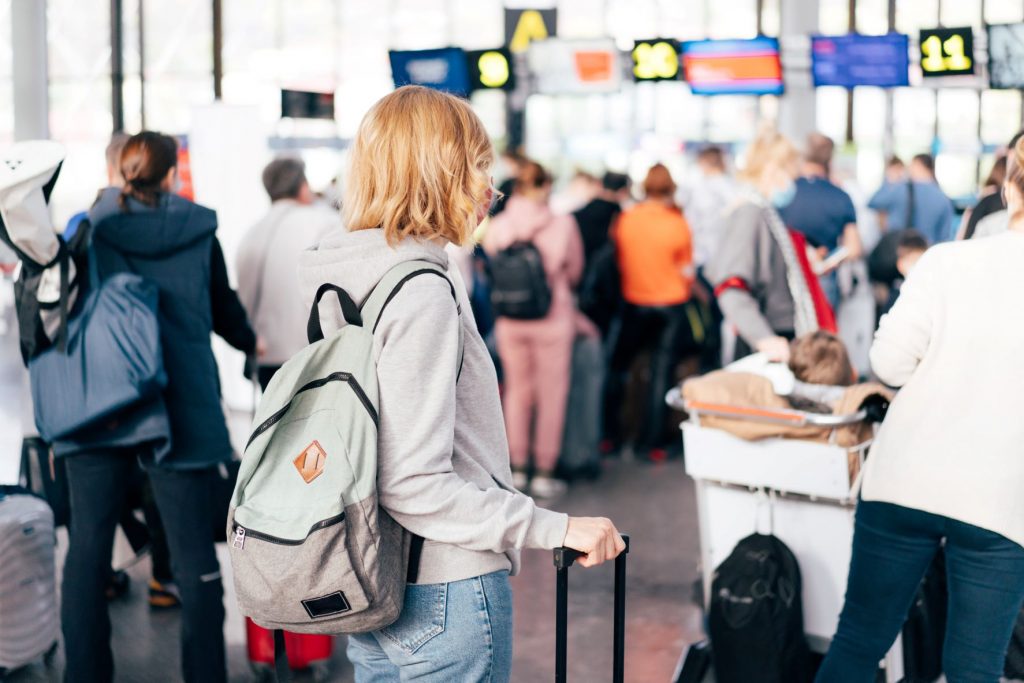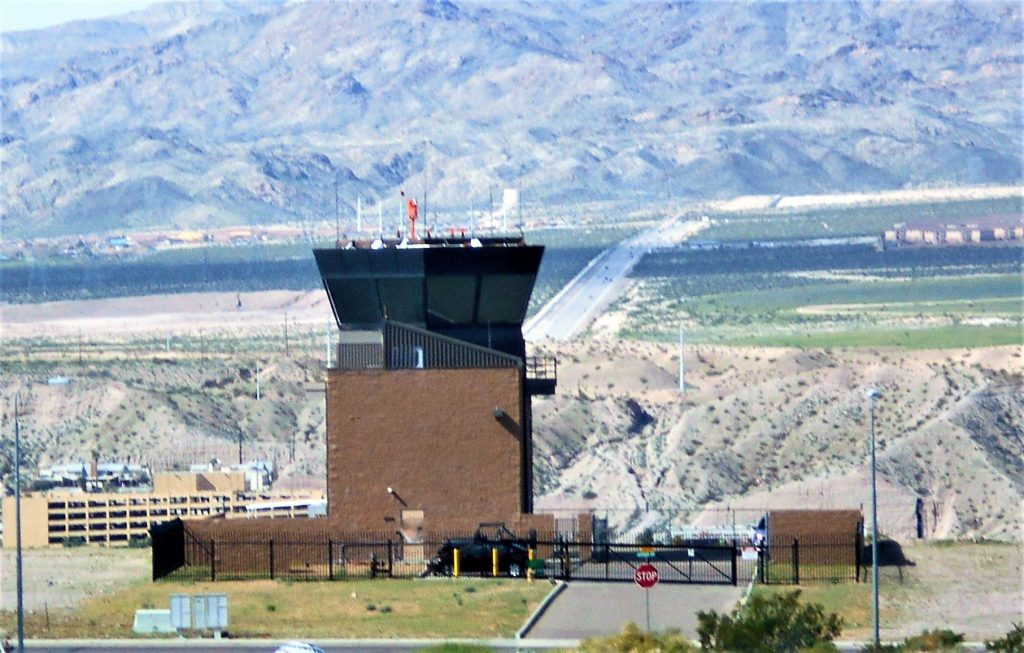If you are looking for a way to get to work or school without traveling too far, you may want to check out your local Rio Creek Airport. Often times, these are free to use, which can be a great benefit to both businesses and individuals.
Right-handed patterns
When it comes to flying in the right direction, a right-hand pattern may be your best bet. It is a good idea to familiarize yourself with the various tidbits of information pertaining to traffic patterns before you step foot onto the airport grounds. If you don’t have the foresight to do so yourself, you can always check out the airport directory and ask the UNICOM operator for the deets. This is a surefire way to make sure your landing and departure will be a smooth and stress-free affair.
Among the many things to consider are the various types of obstructions on your runway, as well as your egress and exit procedures. These can skew the results of your pilot’s calculations, if you aren’t careful. A right-hand pattern should be your first choice, as it will be far easier to maintain a smooth landing and departure.
Convenience and quicker response time
When it comes to choosing a new airport to fly into, convenience and faster response time are two of the most important criteria to take into account. This is a complex task given the sheer number of destinations a traveler could choose from. The best way to weed through the chaff is to use a checklist and a well defined criteria. While you are at it, don’t forget to check out the local competition. Having an idea of where you’re heading and when you’ll be getting there can make the difference between a good vacation and an otherwise drab experience.
To do the requisite legwork, I compiled a database of over 4500 airports in the United States. To make the process of comparing apples to oranges easier, I standardized my samples by assigning each airport to a group of comparable size and then examining their passenger satisfaction data. Using this methodology, I was able to generate a statistically significant sample size for each airport.
State control over airport development funds
A federal airport aid program would be replaced by block grants to State aviation agencies. Funds would be distributed according to a number of aviation indicators, including passenger enplanements, airport capacity, safety improvements, emissions reduction, and economic competitiveness.

FAA functions and safety regulations could continue, but states and local governments would have discretionary control over the distribution of Trust Fund outlays. In exchange, state and local governments would probably have to raise at least half of the Federal outlays.
Congress would still exercise its appropriation powers. However, Congress would transfer responsibility for the administration and management of the Federal airport aid program to the state level. This division of responsibility would make nei- thraetrs more easily able to deal with their airports.
Private-use airports
Local airports are important infrastructure in local communities. They offer flight training and emergency services. Additionally, they often serve as family activity centers. Some local airports are also used for private charter flights.
As the number of general aviation aircraft has increased, local officials have been seeking to limit noise and safety complaints. Consequently, the number of private-use airports has increased.
Private-use airports are generally owned and operated by private individuals or companies. Some of these private airports are run by management companies. These are sometimes called “signature” or “flightline” companies.
There are more than 14,700 private-use airports in the United States. In addition, there are more than 11,901 private-use airports that are closed to the public.
Economic and social development
The economic and social development of a local airport is important for both residents and business owners. In addition, it is critical for a city’s vision to become a global hub. As a result, it is imperative that the decision makers take into account the impact aviation has on the local economy.
An economic impact analysis can be done using an input-output model that incorporates inter-industry data. A more sophisticated method uses a computed general equilibrium model to forecast the future. This type of model can predict changes in price, demographics and economic trends in a given timeframe.
A comparable study in Norway compares the impact of two airports in the country. One serves a remote region while the other is located in a more urban center.
Environmental sustainability
Environmental sustainability at a local airport can be measured in a variety of ways. It can be determined using quantitative metrics or qualitative metrics. Both approaches provide a measure of success. The latter can also lead to innovation and partnerships.
The most important environmental measures are noise mitigation and emissions management. These are considered the top priorities for airport operators, authorities and customers.
A sustainability plan is a great way to track progress and measure your achievements. This plan can include timelines, responsible parties, and measures to achieve specific goals. It can also be a useful tool to communicate with the community and share with staff.
